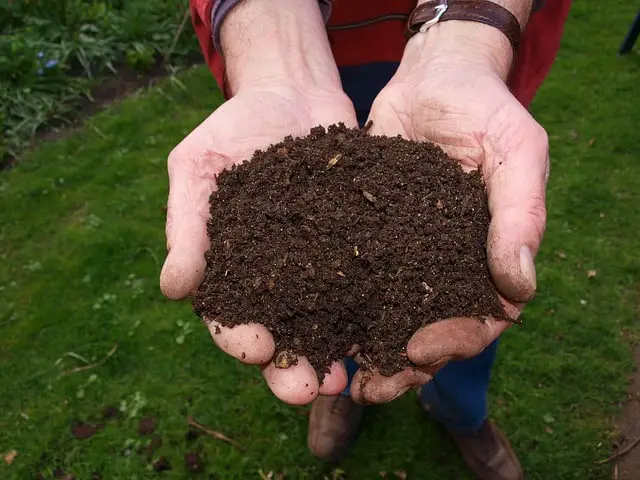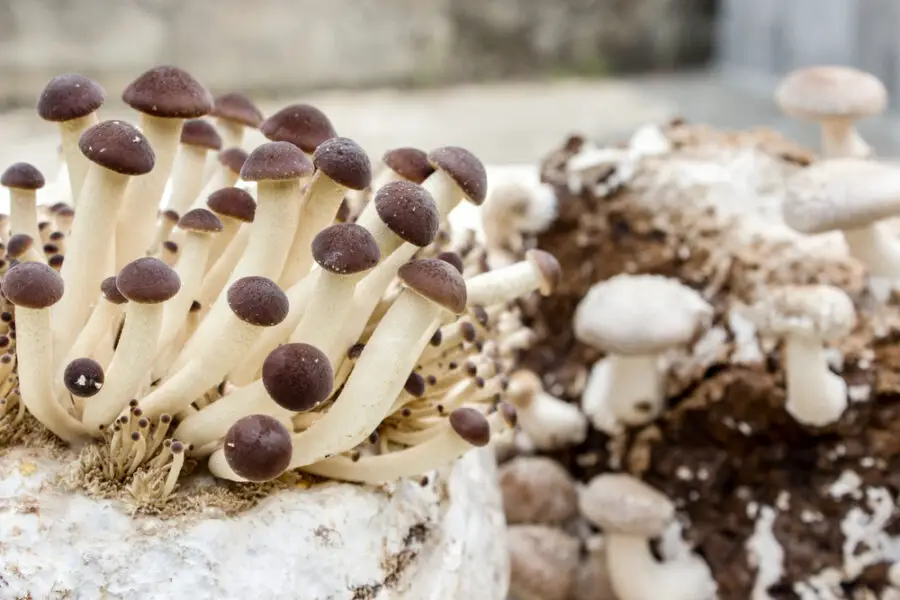Many common mushrooms contain toxins, so you should be cautious about touching them. It is also important not to touch mushrooms growing in the wild, as they may be rare species which should not be damaged. If you want to remove unwanted mushrooms on your property, you can do so safely by wearing gloves.
In this article, you’ll find out whether there are risks in touching mushrooms which may grow on your property, as well as those growing in the wild and those bought from a grocer.
Can I get sick from touching mushrooms?
While some sources say that touching mushrooms does not make you sick, the Mushroom Preservation Society of America states that symptoms can result from touching mushrooms, and this is supported by medical research papers. Symptoms can include rashes, itching, nausea, eye irritation (if eyes are touched after touching mushrooms), and the sensation of a racing mind or confusion.
What happens when I touch a mushroom?
The skin of a mushroom is porous, meaning that water can pass through it, and human skin is also porous. Because there are small amounts of water present in both, transfer of a very small amount of mushroom toxin into your skin becomes possible.
If I touch a mushroom, how strong are the toxins?
While just one cap (the head part of the mushroom) of a poisonous mushroom, if eaten, is toxic enough to kill a human or a dog, the amount of toxin transferred to you by touching a mushroom would be extremely small. Cases of symptoms from touching mushrooms are rare. However, it is wise to protect yourself, and particularly to protect children and pets.
Are there obvious signs that a mushroom is poisonous?
If the mushroom has white gills, a ring around the stem, or has a red colour either on the cap or the stem, it is highly likely that it is poisonous. Other warning signs are the presence of warts or scales on the mushroom, and a bulb-shaped base. However, it is very important to note that some highly poisonous mushrooms look just like the edible, white button variety.
Can I tell for sure if mushrooms are toxic to touch by looking at them or home testing them?
While there can be some visible signs, it is notoriously difficult to tell the toxicity level of mushrooms by looking at them or home testing them. There are many types of home test described on the internet, but using these home methods is unreliable and is not recommended. Field guides give a greater level of accuracy, but even these generally come with warnings stating that accurate identification can only be done by experts. This is why you should remain cautious about touching mushrooms.
Is it safe for children or pets to play with mushrooms?
Because it is hard to tell if a mushroom is toxic, it is wise to direct children not to touch or play with mushrooms, and to remove mushrooms which are growing in the play or exercise areas of children and pets. Being allowed to touch or play with mushrooms could encourage a child or pet to eat the mushroom, which could be fatal.
How can I remove unwanted mushrooms on my property without touching them?
Wearing gloves while pulling out mushrooms will protect your skin. Be careful not to rub your eyes or touch other parts of your skin while you are wearing the gloves and working with the mushrooms. Be sure to dispose of the mushrooms in a manner and place that does not leave them accessible by children or pets. If the mushrooms keep growing back, aerating the lawn and removing any mulch such as dead leaves, grass, roots or bark may help.
Could I have an allergy to touching mushrooms?
Several species of mushrooms have been scientifically documented to cause allergy on contact with skin. This is a reaction by the body’s immune system. Symptoms such as reddening, swelling, and itching can develop one or two days after skin contact and can last for a week. Cases have been recorded from around the world, and the same person can be allergic to skin contact with several different species of mushrooms.
What about people who touch mushrooms because they work with them?
Reactions to commercially farmed edible mushrooms, which don’t contain toxins, are very rare, and workers are generally issued with personal protective equipment (PPE), which limits their skin contact. However, skin and other symptoms have been reported in workers who farm and pack mushrooms, particularly shiitake mushrooms.
Can I touch edible mushrooms that I buy from a grocer?
You should not experience any problems when touching or preparing a household quantity of edible mushrooms that you buy from a reputable grocer. You should not touch or buy mushrooms from an unknown source.
Which mushrooms are the most toxic?
The most common toxic mushrooms are of the Amanita genus, and Amanita phalloides is called the death cap. Other mushrooms which have a deadly nature are the destroying angel, deadly dapperling, autumn skullcap, the webcap, and conocybe filaris. About 100 species of mushrooms are toxic and cause adverse reactions if they are eaten. It is wise to be extra careful about touching these mushrooms.
What should I do if I get symptoms from touching a mushroom?
If you get symptoms after touching a mushroom or even in the days following, seek medical advice. Depending on the mushroom, you may not have time to research symptoms on your own, so you should always reach out to a doctor the moment you sense something wrong.
Are there ecological reasons not to touch wild mushrooms?
Because some mushrooms in the wild are rare species, and because they are fragile, it is best to leave them untouched, as touching them may damage or discolour them, due to oils that are present naturally on our skin.
Leaving them untouched protects their delicate structures, and allows the sight of them to be enjoyed by fungi enthusiasts and photographers.
Hi, I’m John Stephens, chief editor and writer for Totalgardener.com. I’ve been gardening and raising animals for over 15 years starting with a small backyard plot in Northern Virginia where I grew corn, potatoes, squash, and using a high mulch technique called the Ruth Stout Method. I also raised ducks and small mammals for meat and eggs in a movable pen similar to the ones used by Joel Salatin. I later moved to Colorado where I experimented with growing greens using aquaponics inside. I eventually added a microgreens setup and home sprouting operation. I’m excited to share everything I’ve learned plus more from the other local gardening and animal raising experts I know.



